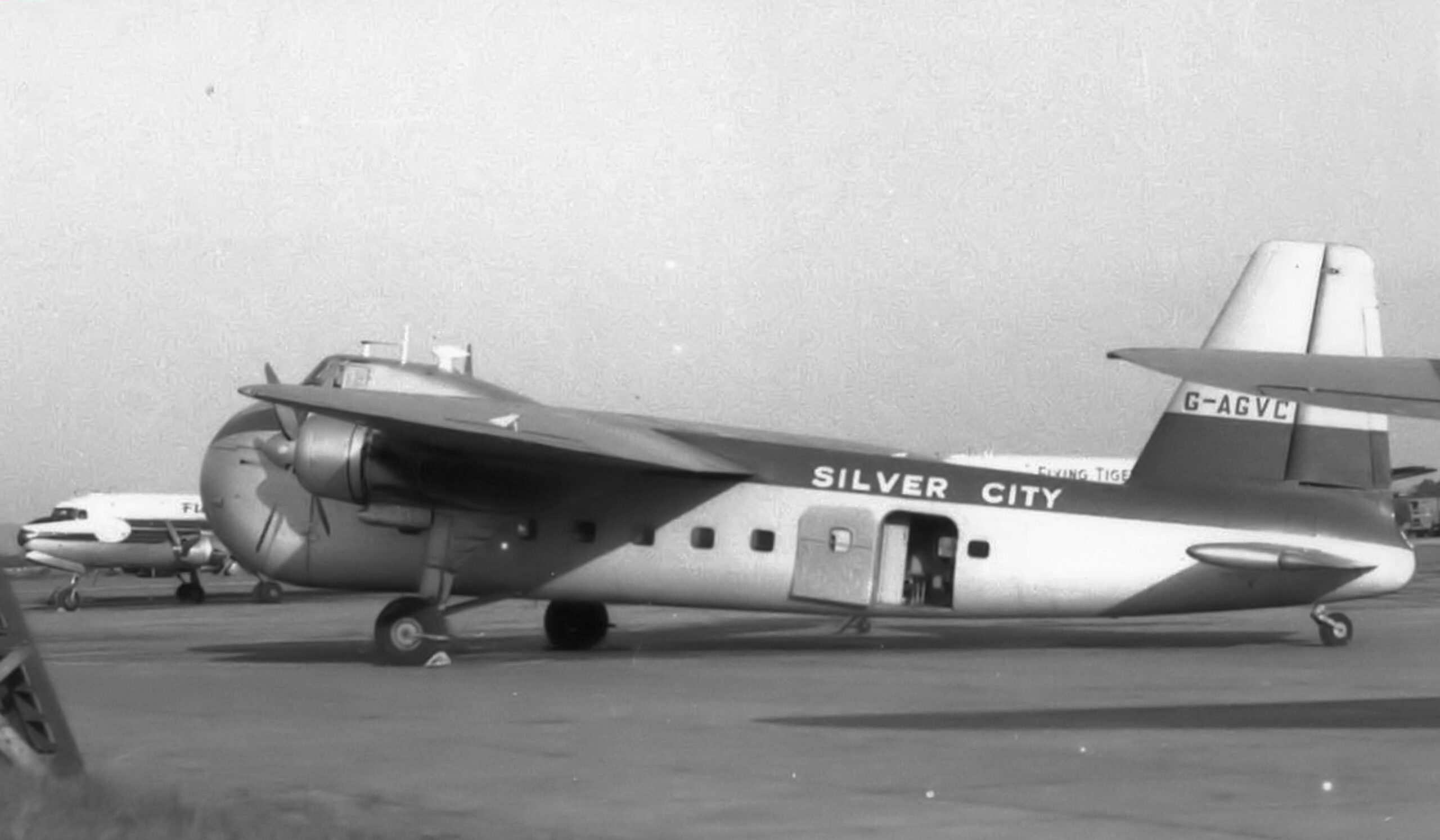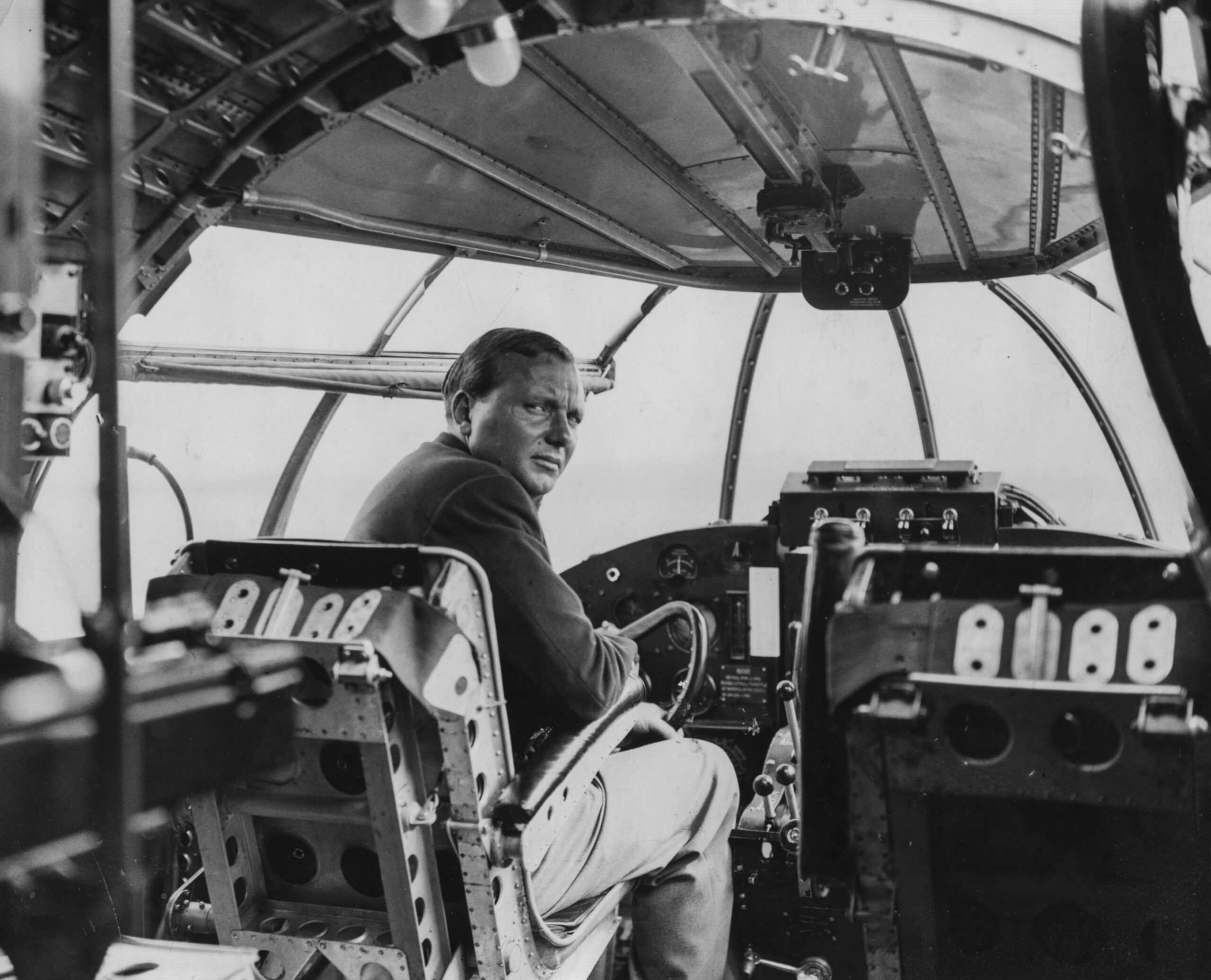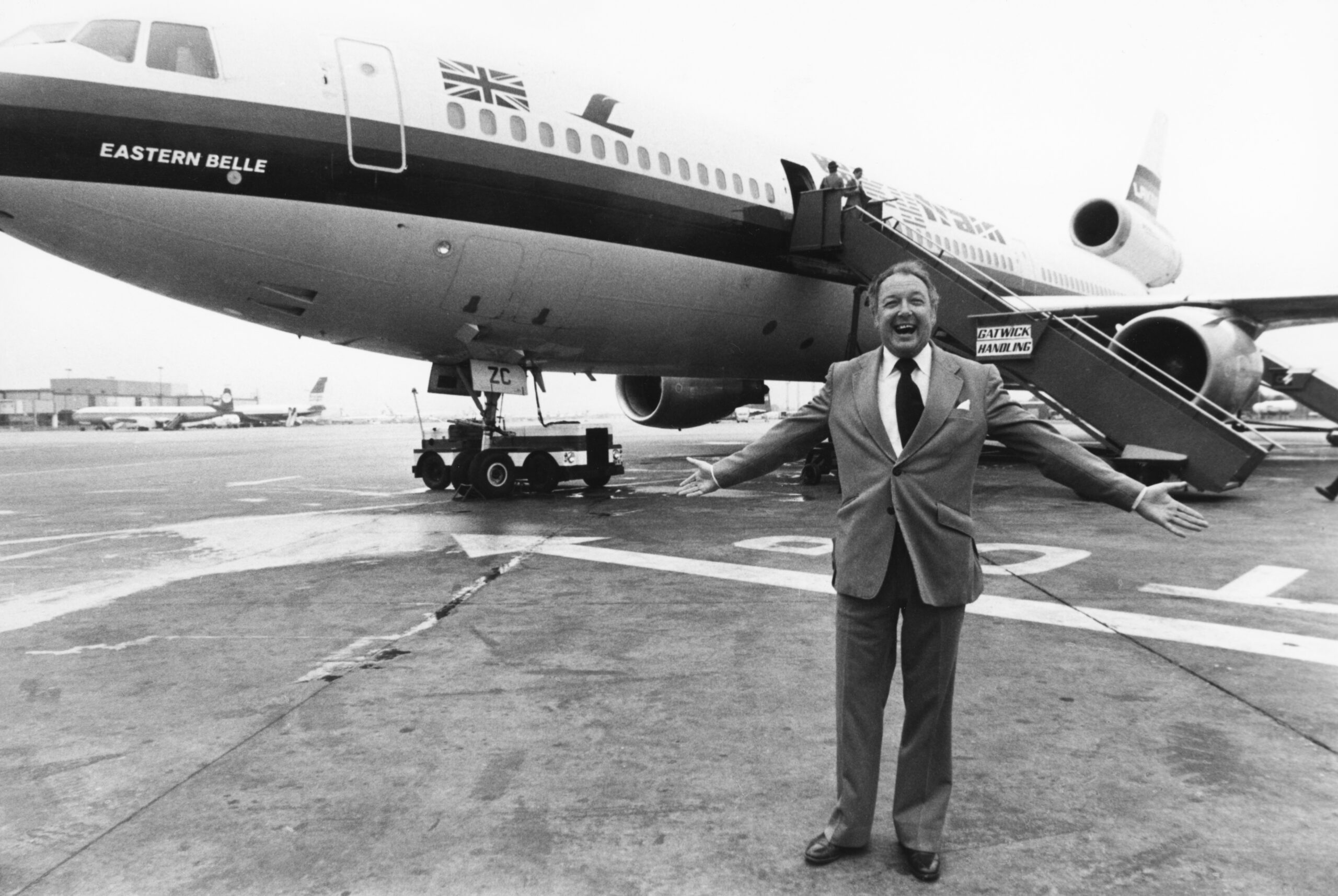Curious Questions: We used to fly cars across the English Channel in 20 minutes — why did we stop?
It seems hard to believe, but taking your car across the English Channel to France by air actually pre-dates the cross-channel car ferry. So how did it fall out of use almost 50 years ago? Martin Fone investigates.

The end of the Second World War meant that technological innovations, crucial to the success of the military campaign, were relegated to the status of many modern day apps, solutions in search of a problem. A fascinating insight into how the entrepreneurial mind used what was lying around can be seen in the approach to solving the somewhat niche problem, but a problem nonetheless, of how to get a car across the English Channel.
At the time the only option was to have the vehicle winched on board a ship, endure a three hour crossing and then see it unloaded again before going through customs and immigration. It was a frustrating and time-consuming process, one that Air Commodore Griffith Powell, Taffy to his friends, experienced several times as one of his favourite pastimes was to take his Armstrong Siddeley Lancaster car touring in France.
As managing director of Silver City Airways and having seen service in the RAF’s Ferry Command and Transport Command, Powell was in a prime position to do something about it. He focused his attention on the Bristol Type 170 Freighter which had been developed in the final days of the Second World War by the Bristol Air Company and was designed to fly from airstrips rather than airports.
Its principal design feature was a couple of large clamshell doors on its lower nose which were hinged outwards and led to a large hold, capable of carrying large loads including vehicles up to three tons in weight. There was even a built-in hoist installed on the upper surface of the plane’s nose which reduced the need for airport-based infrastructure during the loading process. Powell realized that the plane could easily accommodate a couple of cars as well as passengers and more conventional freight.
After arranging for a second Bristol demonstrator (G-AGVC) to be returned from North America to join the one in Silver City’s British-based fleet. Powell decided to put his plan into practice. On June 15, 1948, he loaded his own car into the hold of G-AGVC at Lympne airfield near Hythe and successfully completed the 47 mile flight to Le Touquet on the French coast in around twenty minutes.

Satisfied that the trial had been successful and that there was a demand for the service, Silver City launched its air ferry service on Bastille Day, July 14, 1948. Initially, the service was offered on a charter basis with the motoring associations, the AA and RAC, taking up most of the spaces. By the end of the season some 200 vehicles had crossed the channel using the service.
On May 2, 1949 the Ministry of Civil Aviation granted Silver City a licence to operate a scheduled service, initially for a year. Powell was now able to put the two Bristol 170 Freighters into service, and by the end of the season they were making up to eight return trips a day, and had carried a total of 2,700 vehicles and their passengers. The design of the hold, though, meant that for the passengers the flight was a “breezy experience”.
Exquisite houses, the beauty of Nature, and how to get the most from your life, straight to your inbox.
Numbers using the Silver City service rose steadily from 4,000 cars, 1,000 motorcycles and around 15,000 passengers in 1950 to a peak of 90,000 vehicles and 22,000 passengers in 1960. To cope with the increased demand the service moved from the grass airstrip at Lympne to more substantive venues such as nearby Lydd. In 1953 Silver City Airways took delivery of six Bristol Superfreighters at a cost of £90,000 each, which enabled them to carry three vehicles a trip.
The service might have been convenient, but it came at a price, charges based on the size of the vehicle, ranging from around £18 for a small car to £22 for a medium-sized vehicle and £28 for a large one. That's between £500 and £800 in today's money — not a fortune, but too much for post potential customers in austere post-war Britain. As a result, the clientele was drawn from the rich and famous, giving the service a touch of celebrity glitter. Amongst those to use the air ferry were David Niven, Stirling Moss, several motor racing teams and even the Queen Elizabeth’s Rolls-Royce. It also featured in a film, That Riviera Touch (1966), in which Morecambe and Wise took their car from Lydd to Le Touquet.

However, Silver City Airway’s monopoly in the early 1950s was soon challenged. Freddie Laker is best known today as a disruptor of the transatlantic air market with his no-frills Skytrain service which made its inaugural flight from London Gatwick to New York’s JFK airport on September 26, 1977. Its cheap tickets, bookable on the day of the flight, brought America within the range of the ordinary person’s pocket, even if they had to pay for their food and drink once aboard.
What is less well known is that Laker cut his entrepreneurial teeth on the cross channel route, launching the Channel Air Bridge in 1954. Like Powell he chose to use Bristol Freighters but unlike his rival, chose to operate from Southend rather than the Kent coast. Although the journey time was slightly longer, Southend was more convenient for clients based in the north of the country and the Midlands. By April 1955 his fleet of four planes were flying seven times a day between Southend and Calais. Adding Superfreighters to his fleet, Laker extended the service to twenty-four round-trips a day between Southend and Calais as well as offering additional passenger and vehicle ferry services to Ostend and Rotterdam and, by 1962, to Basel, Geneva, and Strasbourg, using ATL-98 Carvairs for the longer journeys.
With two services to choose from, some passengers used the rival companies on a mix and match basis. Papers found in the archives of Peter Pears suggest that this is what he, the composer Benjamin Britten, and the artist, Mary Potter, chose to do when they ferried their Citroën to France, travelling in early October 1959 from Lydd to Le Touquet via Silver City and returning on Laker’s Calais to Southend route later in the month.

However, the two cross channel air services, which were to merge on January 1, 1963 to form British United Air Ferries, faced a much more existential threat in the form of another piece of technology developed during the latter part of the Second World War. The LST (Landing Ship, Tank) was a shallow-drafted craft with bow doors and a ramp which meant that large military vehicles, such as tanks, could be landed without the need for a harbour or quayside.
After the War Lt Colonel Frank Bustard leased three from the British Government on behalf of the Atlantic Steam Navigation Company and on September 11, 1946 inaugurated a service from Tilbury to Rotterdam, carrying 64 vehicles purchased by the Dutch government.
The basic concept of the LST over time was developed into a more substantive vessel, the roll-on roll-off ferry (RoRo). After the Port of Dover authority had installed two RoRo berths in 1953, 100,000 cars were transported across the channel by ferry in the first year, a figure which was to rise to 4.5 million by 1994. In contrast to aircraft manufacturers who showed no desire to enlarge freight carriers so that they could carry more vehicles, RoRo ferries became larger, faster, and their services more frequent.
Unable to compete, the cross channel air ferry was condemned to become a curious footnote in aviation history. The last service flying on January 1, 1978 — and while there might once have been a market for those wishing to take a quicker trip than possible by sea, the building of the Channel Tunnel has surely ended the era of cross-channel car flights forever.

Credit: Strutt and Parker
Best country houses for sale this week
An irresistible West Country cottage and a magnificent Cumbrian country house make our pick of the finest country houses for
After graduating in Classics from Trinity College Cambridge and a 38 year career in the financial services sector in the City of London, Martin Fone started blogging and writing on a freelance basis as he slipped into retirement. He has developed a fearless passion for investigating the quirks and oddities of life and discovering the answers to questions most of us never even think to ask. A voracious reader, a keen but distinctly amateur gardener, and a gin enthusiast, Martin lives with his wife in Surrey. He has written five books, the latest of which is More Curious Questions.
